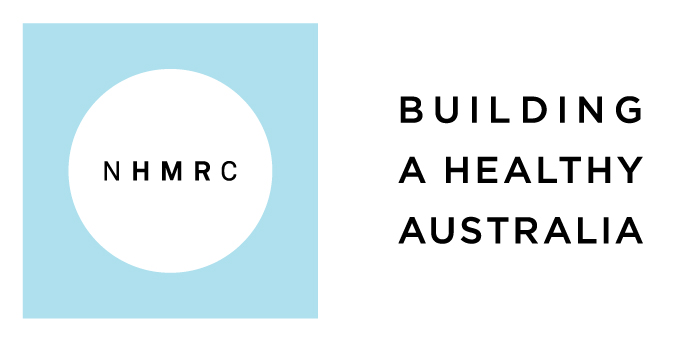Tables
Chapter 2: Framework for Management of Drinking Water Quality
Chapter 5: Microbial Quality of Drinking Water
Table 5.1 - Enteric pathogens of concern in Australian drinking water
Table 5.2 - Vulnerability classes for surface drinking water sources
Table 5.3 - Summary of E. coli bands for source water intended for drinking water
Table 5.4 - Source water category based on comparison of E. coli concentration with vulnerability classification
Table 5.5 - Treatment targets for protozoa, bacteria and viruses given the source water type and E. coli results
Table 5.6 - Indicative pathogen LRV potentially attributable to treatment barriers
Table 5.7 - Opportunistic pathogens of concern in Australian drinking water
Table 5.8 - Cyanobacteria of concern in Australian drinking water
Chapter 7: Radiological Quality of Drinking Water
Table 7.1 - Dose per unit intake by ingestion for adult members of the public (ICRP 2012)
Chapter 8: Drinking Water Treatment Chemicals
Table 8.1 - State and Territory fluoride legislation and regulations
Table 8.2 - Chemicals recommended for use in the treatment of drinking water (2004)
Table 8.3 - Acceptance criteria for some water treatment chemicals
Table 8.4 - Recommended maximum impurity concentrations for selected drinking water treatment chemicals
Chapter 9: Overview of Monitoring
Table 9.1 - Examples of operational monitoring characteristics
Table 9.2 - Example of an operational monitoring program (characteristics and frequencies)
Table 9.3 - Example of chlorination as a critical control point
Table 9.4 - Recommended minimum frequency of E. coli monitoring
Table 9.5 - Generic frequencies for monitoring non-microbial drinking water quality as supplied to the consumer
Table 9.6 - Examples of validation monitoring and proof-of-performance testing
Table 9.7 - Recommended operational monitoring at disinfection points in small, remote or community-managed water supplies
Chapter 10: Monitoring for specific characteristics in drinking water
Table 10.1 - Performance measure for Escherichia coli within the distribution system
Table 10.2 - Performance measure for health-based chemical characteristics within the distribution system
Table 10.3 - Examples of comparing monitoring data to guideline values
Table 10.4 - Performance measure for aesthetic chemical and physical characteristics within the distribution system
Table 10.5 - Performance measure for Escherichia coli within the distribution system
Table 10.6 - Guideline values for physical and chemical characteristics
Table 10.7 - Guidance on radiological quality of drinking water
Information Sheets
Table IS1.2.1 - Applicability of disinfection techniques to different situations
Table IS1.3.1 - Published C.t values for 99% (2 log) and 99.99% (4 log) inactivation of various microorganisms by chlorine 1,2
Table IS1.4.1 - Published C.t values for 99% (2 log) and 9.99% (4 log) inactivation of various microorganisms by preformed monochloramine 1,2
Table IS1.5.1 - Published C.t values for 99% (2 log) and 99.99% (4 log) inactivation of various microorganisms by chlorine dioxide 1,2,3
Table IS1.6.1 - Published C.t values for 99% (2 log) and 99.99% (4 log) inactivation of various microorganisms by ozone 1,2,3
Table IS1.7.1 - Published dosage rates to achieve 99.99% (4 log) inactivation of various microorganisms by UV irradiation
Table IS2.1.1 - Special handling requirements in sampling for chemical, physical and radiological characteristics (data compiled from AS/NZS 5667.1:1998)
Table IS2.2.1 - Summary of operational responses
Table IS2.2.2 - Recommended methods for the analysis of gross alpha and beta activities in drinking water
Table IS3.1.1 - Example of a water quality data set
Table IS3.4.1 - Relationship between control limits and multiples of the standard deviation
Appendices
Table A1.1 - Key characteristics of the drinking water supply system
Table A1.2 - Examples of sources and potential hazards
Table A1.3 - Examples of hazardous events and their potential sources
Table A1.4 - Qualitative measures of likelihood
Table A1.5 - Qualitative measures of consequence or impact
Table A1.6 - Qualitative risk analysis matrix — level of risk
Table A1.7 - Examples of preventive measures from catchment to consumer
Table A1.8 - Estimated removals of enteric pathogens using multiple barriers
Table A1.9 - Example preventive measures and potential critical control points for Giardia — river system
Table A1.10 - Example — potential critical control points and operational criteria
Table A1.11 - Chlorination as a critical control point
Table A1.12 - C.t values for inactivation by free chlorine (mg.min/L)
Table A3.1 - Case numbers and mortality for selected pathogens causing acute gastroenteritis in Australia in 2010
Table A3.2 - Summary of the range of reported concentrations of reference pathogens in surface water from international reviews
Table A3.3 - Point estimates of E. coli, Adenovirus (by culture) and Campylobacter in untreated sewage
Table A3.4 - Assumed reference pathogen concentration by category for calculation of LRVs
Table A3.5 - Summary of dose-response models that could be used for calculation of LRVs
Table A3.6 - Burden of disease by DALY for selected pathogens causing acute gastroenteritis
Table A3.7 - Model assumptions applied in the QMRA
Table A3.8 - Calculated LRVs by source water category (based on concentrations for respective pathogens as outlined in Table A3.4)
Table A3.9 - Recommended LRVs by source water category
